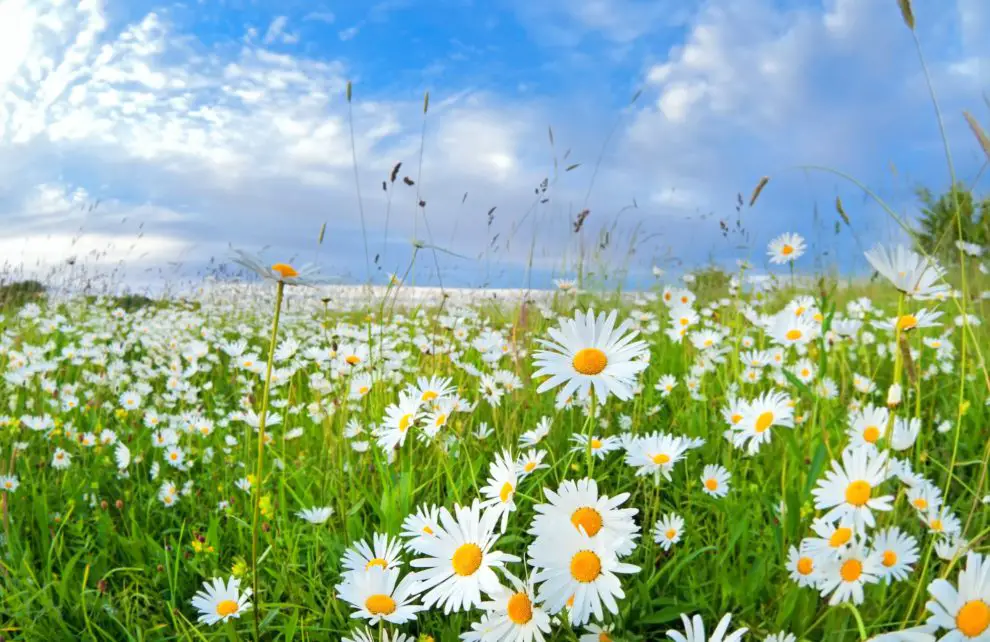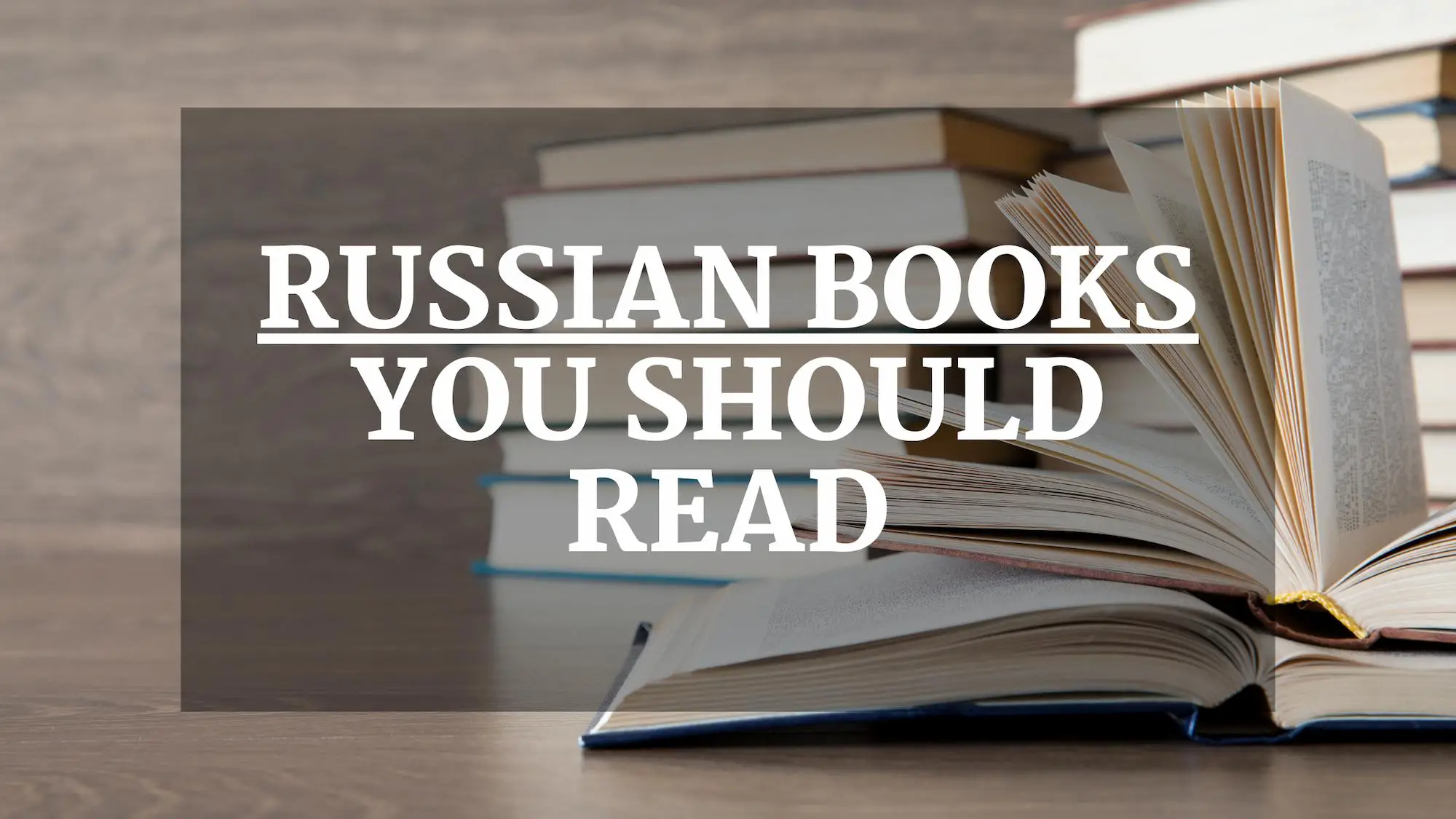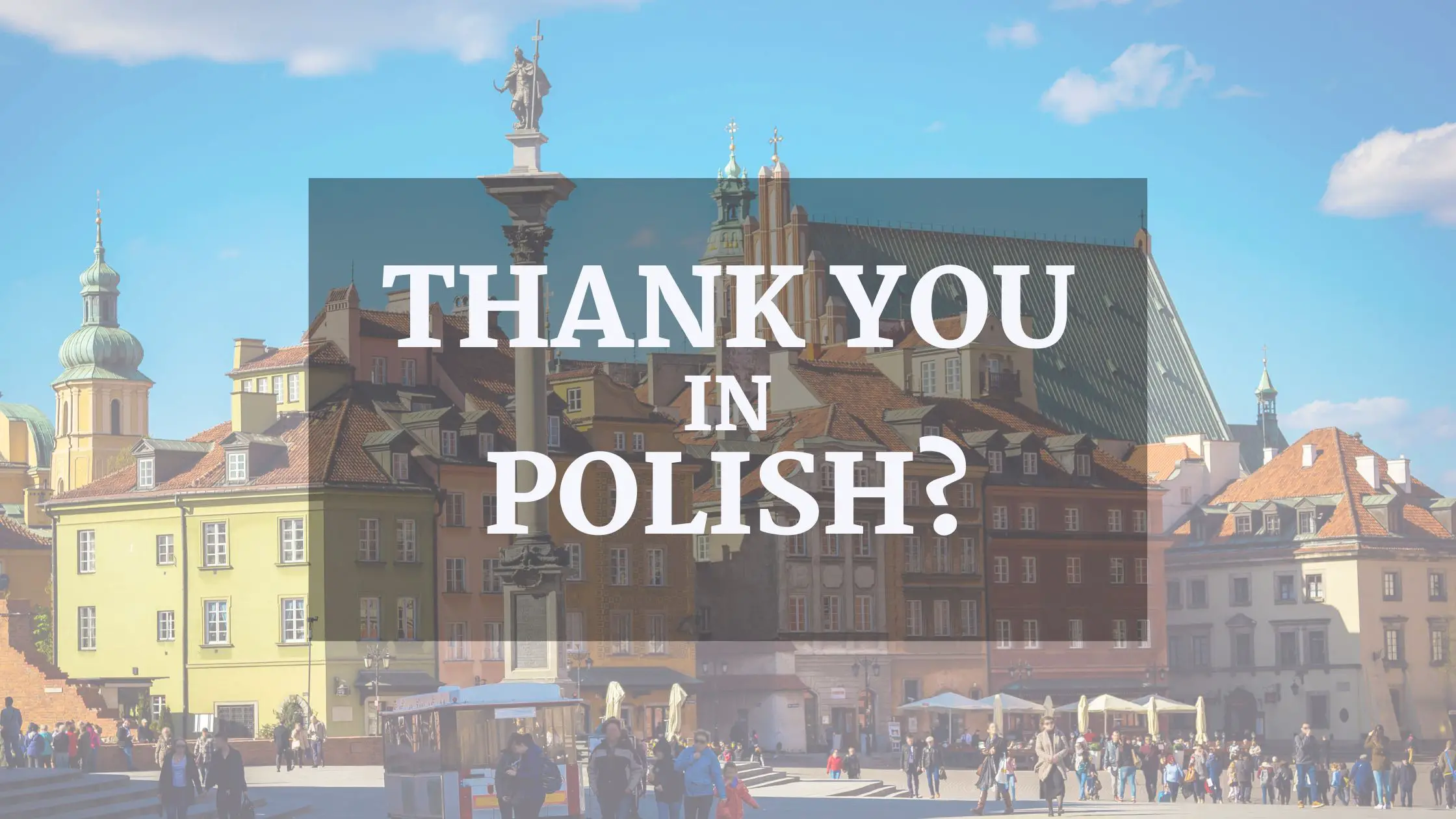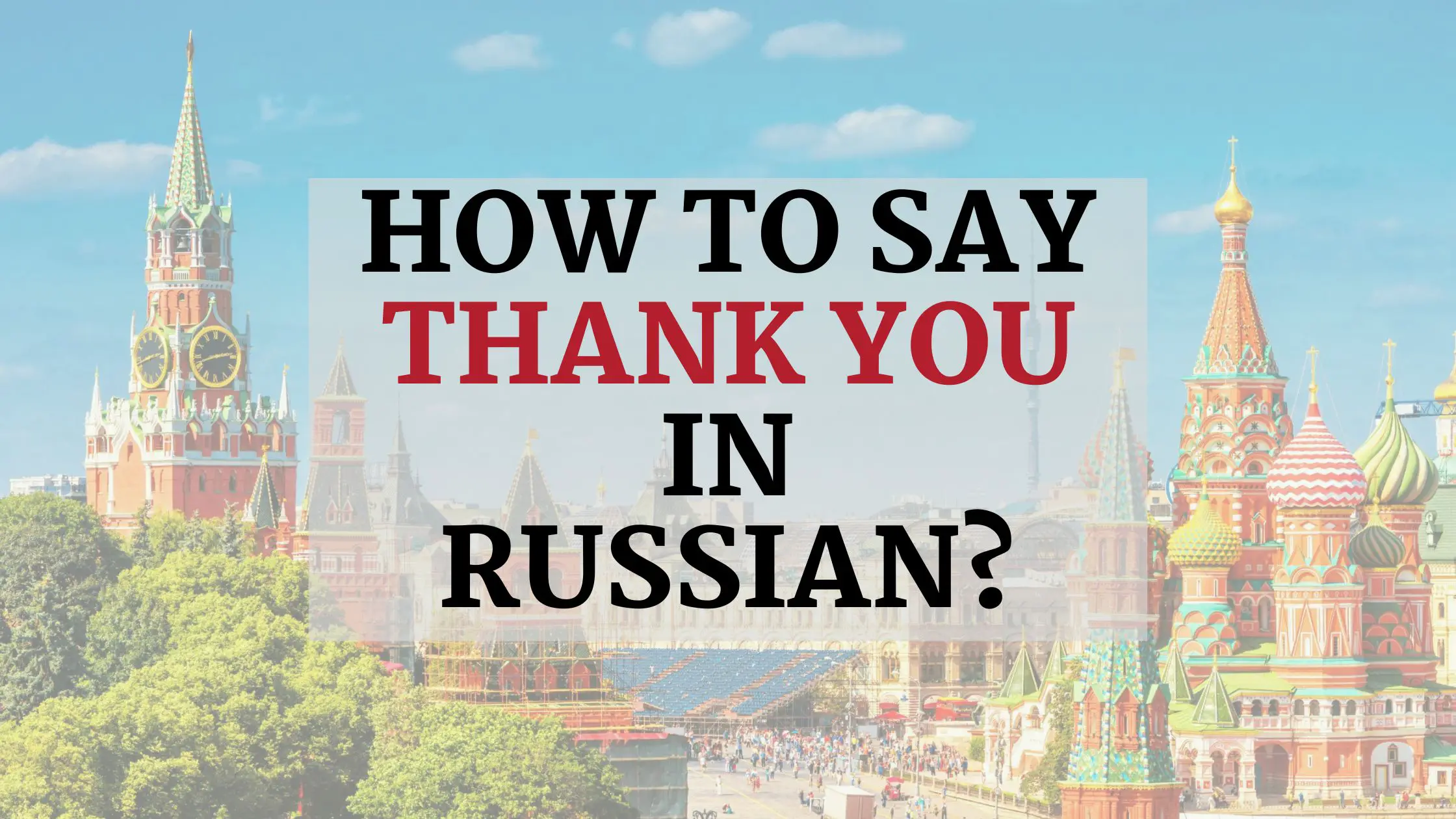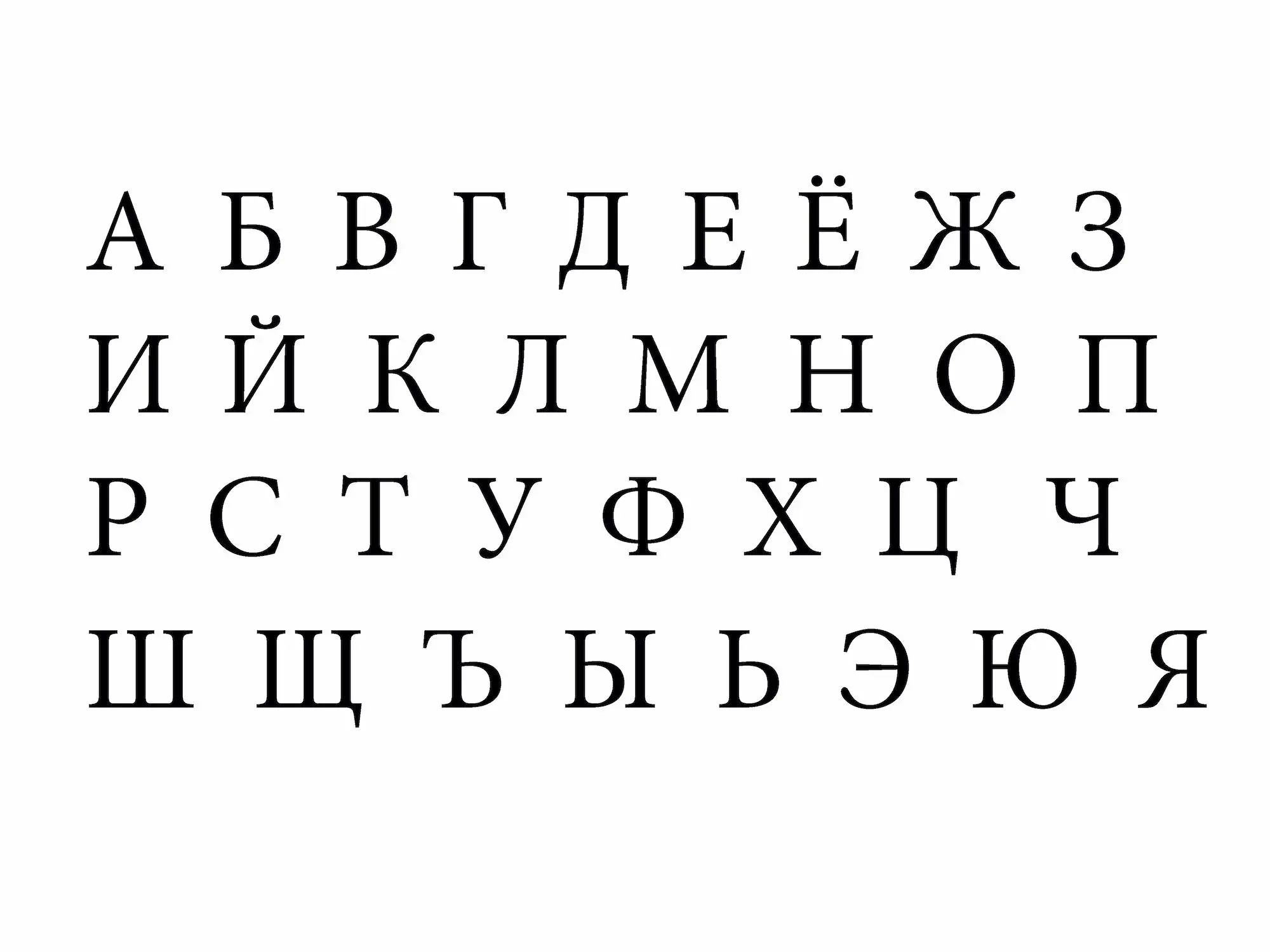Nature’s beauties have always surrounded and inspired people. That is why national symbols often depict animals, mountains, rivers, plants, or flowers.
As elsewhere in the world, Slavs have their own popular flowers, which are often on their flags, in their folk songs, the national anthem or even in their perfumes!
A lot of people have heard about different Slavic countries in various contexts, but we don’t hear much of their popular flowers. In this article, we want to dive deeper into this colorful matter.
Keep reading this article to find out more about the national flower of Russia,
Czech republic national flower, Belarus national flower, and more.
Table of Contents
Slavic National Flowers
It might seem like an insignificant topic to deal with, but the stories about national flowers actually tell us a lot about nations and their cultures. Their stories offer a new, fresh perspective on Slavic countries.
As you will see, these flowers are officially recognized by official governments as national symbols. Elsewhere, they are really popular and are simply their landmark (a part of their tradition). In both cases, each of them has a story to tell.
We made a list of several Slavic countries and the distinct national flowers these countries are known for.
1. Belarus – Flax Flower
You can tell how important the flax flower (lat. Linum Usitatissimum; Belarusian name: лён) is for the Belarusians, based on the fact that it is on the official State Emblem of the Republic of Belarus.
For millennia, the entire region of Eastern Europe has been very suitable for tender blue flax flowers. It easily grows everywhere around the fields without needing too much water or special cultivation.
Belarusians don’t venerate it only for its beauty, but also for its practical benefits (as almost all of the parts of this blue flower are usable).
The fibers of this plant (also known as cornflower) make beautiful, skin-friendly clothes. These can be either smooth (for modern summer clothes or towels) or more coarse (for folk costumes).
Also, flax is the material for various items and toys. The famous Belarusian flax dolls are a common souvenir that comes from this country.
On the other hand, Belarusian households love flax seeds in bread and in traditional jelly dish kissel [1]. The seeds are very healthy and come with multiple benefits for the digestive system and cholesterol.
2. Serbia – Lily of the Valley
Serbians obviously prefer animals on their official state symbols, but that doesn’t mean they don’t like flowers. On the contrary, if you take a look at their music and folklore, you will see that they are filled with deep admiration for flowers.
Lily of the Valley (latin: Convallaria Majalis; Serbian: ђурђевак/đurđevak) is central to an important national holiday dedicated to St. George.
It happens every year on the 6th of May when young girls and boys go to the hills to pick Lilly of the Valley and make garlands out of it.
A lot of people gather with their family or at their friends’ homes on this holiday and celebrate the beginning of the new summer season. One of the most recognizable Serbian songs around the world, Đurđevdan, tells a sad love story about this spring holiday.
The Lily of the Valley grows in almost any village garden in Serbia. This flower’s smell and its little white jingles inspired many folk tales about fairies who like this flower more than any other [2].
3. Croatia – Iris
Croats praise Iris (lat. Iris Croatica; Croatian: perunika or bogiša) as the official national symbol of their country since the year 2000. It is an endemic species in Croatia [3].
Its native name points to the pagan god Perun, a god of thunder and lightning. He was worshiped widely in the region as one of the most powerful gods in the sky.
It is interesting how in Croatia, this delicate flower is taken as a symbol of a mighty deity. Although gentle, they believed that Iris was very powerful (carrying its root protected the carrier from the strike of lightning).
The common name of this flower (Iris) comes from the ancient word for “rainbow”. This is probably because it can come in either radiant purple, white or yellow color. In Croatia, Iris is a symbol of royalty, power, friendship, and peace.
This flower often grows in the fields, or next to the oak trees. It is also used in traditional medicine for treating kidney and sleeping problems.
4. The Czech Republic – Rose
If you ask the Czechs which is their national symbol, they will probably tell you that there are two symbols that appear most in their history, households and literature: a rose (lat. Rosa Rosa; Czech: růže) and a linden (lat. Tilia; Czech: lípa).
The rose is a very common herbal symbol among different European countries. However, in the Czech Republic as well as in Slovakia, you will find red rose buds as very common ornaments on famous Bohemian porcelain and glassware.
Traditionally, Czech women have made decorations on fabrics by connecting tiny pieces of colored glass into shapes.
It is easy to guess that roses were the most popular shapes. There, the rose symbolizes the war and love at the same time, because of the turbulent history of this country.
On the other hand, yellow flowers of linden appear on the official flag of the Czech President. It is indicative of the importance of this flower in national symbolics. Also, two hundred years ago, linden was thought of as a symbol of the entire Slavic world [4].
5. Poland – Poppy
Poppy flower (lat. Papaver somniferum; Polish: mak) is mostly famous as a plant used for extracting opium and as an international emblem of the victims of World War I.
Actually, it is native to Poland and they consider it their national flower. Poppy’s alternative name is corn or red poppy.
For many years, the Polish have used the flower (mostly its petals and seeds) for preparing food, such as bread, various sweets. etc.
The stark red color of its petals resembles the colors of the Polish flag and is a symbol of many sufferings Polish had to endure in their history.
6. Slovenia – Red Carnation
Red carnation or nagelj, as they name it in Slovenia (lat. Dianthus caryophyllus), is widely known and grown in this country on the slopes of the Alps.
It is native to the Mediterranean and has been cultivated for thousands of years, all the way back to ancient times. In modern day Slovenia, it has a very specific meaning.
Carnation is a symbol of the struggle of ordinary people for their rights. In Slovenia, giving them to a beloved woman is as appreciated as giving her a rose – a universal symbol of romantic affection.
It is very popular in weddings as well, as people believe this gracious red flower is a powerful aphrodisiac.
In general, when given as a gift, Carnation represents friendship and kindness. As a national flower of Slovenia, it represents people’s solidarity and endurance through the hardships of history.
Carnations aren’t only red. They also come in yellow, pink, white, or brindled. Each of these has a specific smell, which is why in Slovenia you will easily find cosmetics or products for aromatherapy, made of this flower.
7. Russia – Chamomile
The national flower of Russia is the Chamomile (lat. Matricaria Chamomilla; Russian: ромашка), a close relative of daisy. There can be no doubt about this, as it was officially stated in 1998 that this flower is of national value to Russian country and culture [5].
Why is Chamomile so appreciated and declared to be the official national flower of Russia? To begin with, it is native to this country and can be found in the fields all around its vast lands.
It is grown in parts of Russia with milder climates, like the west-Asian part where it originates.
Similar to daisy, Chamomile has beautiful white and yellow flowers but are usually tinier than this flower. They produce perhaps the most known and calming smell in the world.
This member of the daisy flower family and the national flower of Russia is suitable as a gift. However, Russians like it in a cup of hot tea after long, cold days outside.
Thanks to its harsh climate, the national flower of Russia is part of this country’s specific tea culture, and Chamomile tea is what often drips from the samovar in Russian households, keeping all the family members nice and warm.
Russian medicine is popular for its wild herbs, and Chamomile is very often one of its beneficial components. Chamomile flowers are proven, in Russia, Europe and worldwide, to help with inflammation, insomnia, anxiety, wounds healing, and even cancer.
What is more important, the beautiful Chamomile may help us remain beautiful. It cleans and nourishes the skin, helps with acne and treats sunburn. It also keeps mosquitos away.
In Russia, girls believe that Chamomile flowers have magical powers to predict whether a boy loves them.
We all know that game when they rip off a petal by petal saying “he loves me” and then “he loves me not”. Consecutively, the last petal on the flower is the answer to the question.
Chamomile, the national flower of Russia, is well known as one of the world’s most beloved plants and remains so until this day.
8. Bosnia and Herzegovina – The Bosnian Lily
The Bosnian Lily (lat. Lilium Bosniacum; Bosnian ljiljan) has officially been a national flower of Bosnia since the middle ages. The reason we know this is because there are many records of a stylized depiction of this yellow endemic plant from that time.
These were often placed on various clothing of that period but were for some time forgotten. Recently, they came back and are in wide use as symbols of the contemporary Bosnian state.
Today, after a few centuries, the same middle-age emblem was reintroduced as an official National Army emblem. You can also find it on the federation and many municipalities’ coats of arms.
The Bottom Line
Lily, rose, carnation… Slavic nations live in different climates, all around Europe and Asia. Each has its own flower they cherish and use for decoration, sweets or medicine.
In some countries, flowers are official national emblems, while in others they are not, but have been present in their songs and folklore since hundreds of years ago (or even longer).
Of course, they share herbal symbols with other countries of Europe and the world, but each country uses its symbols in its own way, representing its specific history and tradition. The popular flowers illustrate the symbiosis of people and their land.
One is certain – flowers left a deep trace in all Slavic cultures and continue to inspire us with their beauty to this day.
References
- https://www.belarus.by/en/travel/souvenirs
- http://www.nkns.rs/en/popis-nkns/st-george-djurdjevdan
- https://croatia.hr/en-GB/experiences/culture-and-heritage/a-bit-of-trivia/meet-the-national-flower-of-croatia-a-symbol-of-peace-among-nations
- http://www.vexilologie.cz/stsycr/lipaen.php
- https://blog.russianflora.com/blogs/russias-national-flower-chamomile/







